Exploring Grimmia muehlenbeckii: A Resilient Moss with Global Significance
Affiliate Disclaimer: As an affiliate, we may earn a small commission when you make a purchase from any of the links on this page at no additional cost to you!
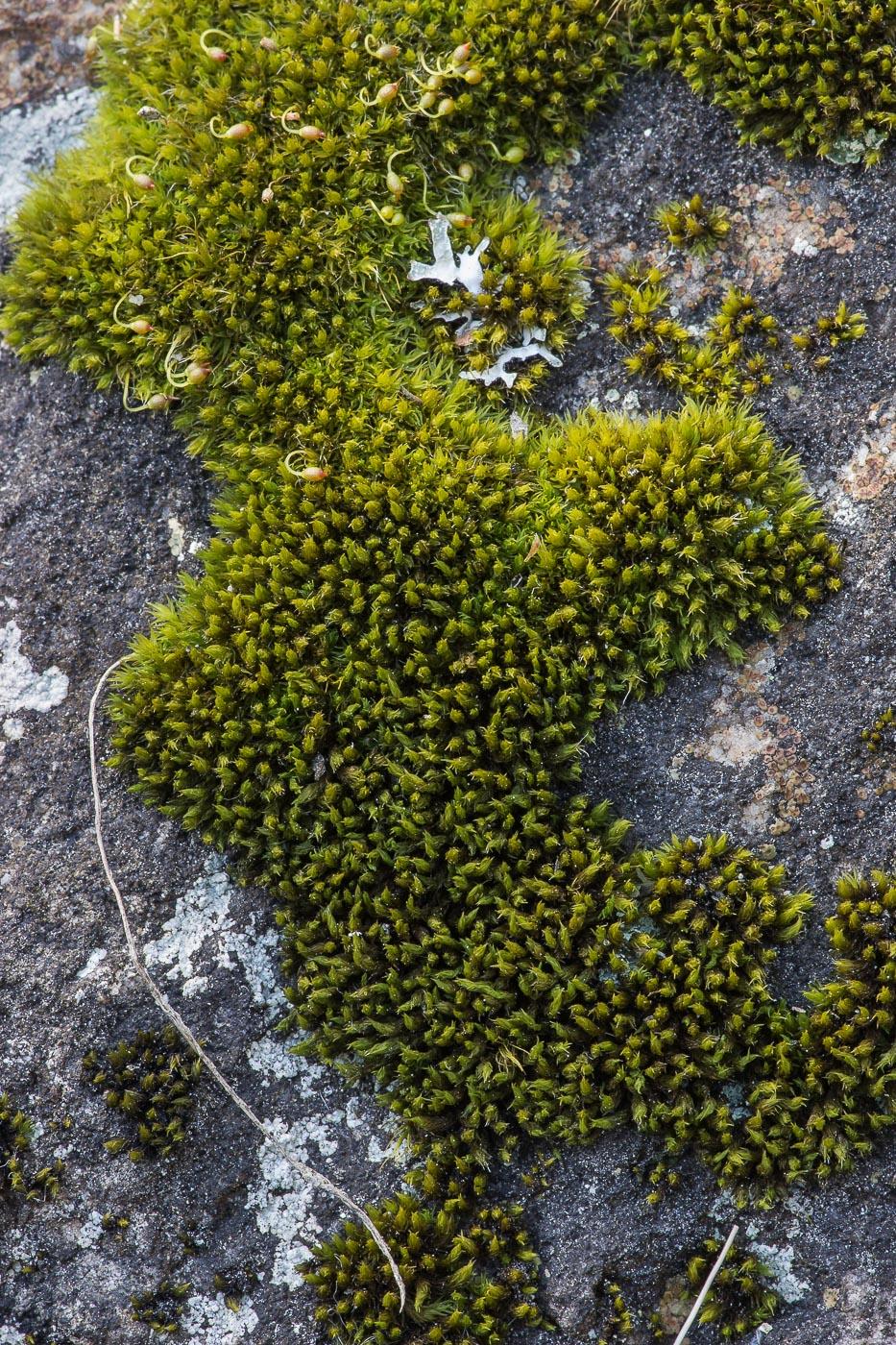
653647_7c86627a.jpg from: https://www.plantarium.ru/page/image/id/653647.html
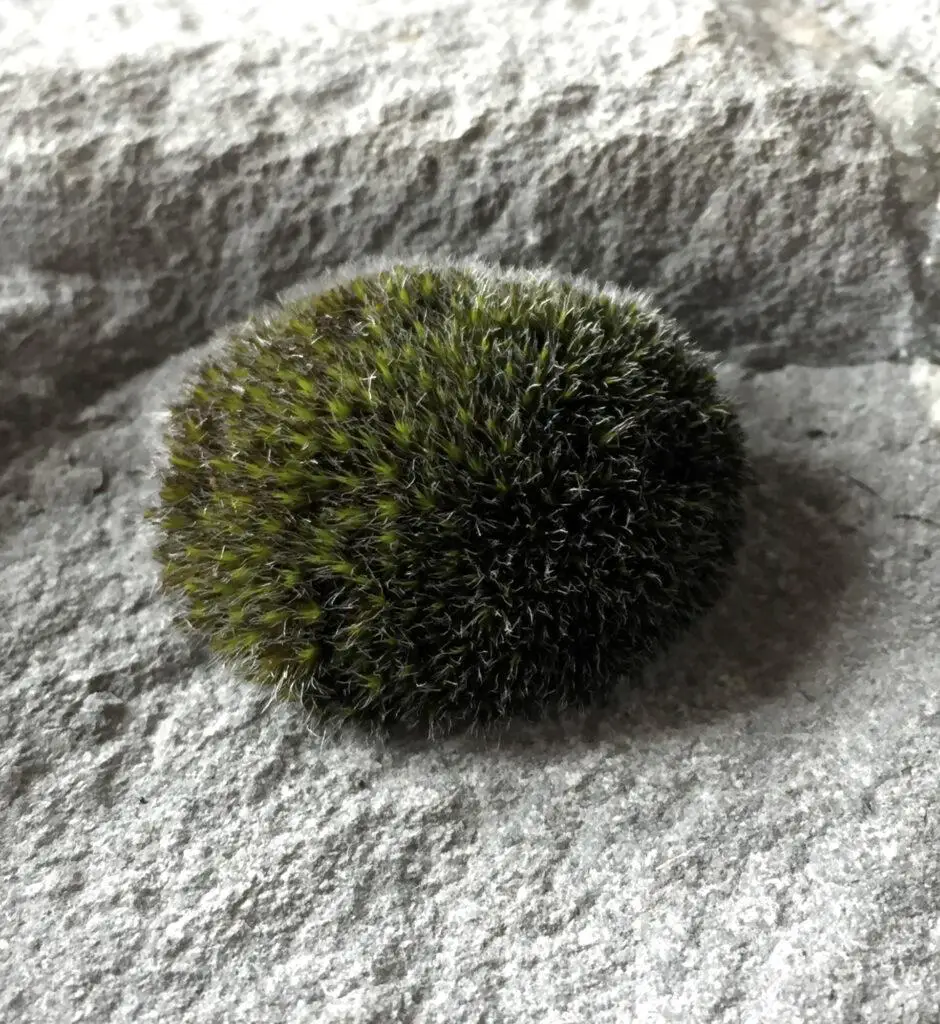
Grimmia-muehlenbeckii-940×1024.jpg from: https://www.britishbryologicalsociety.org.uk/learning/species-finder/grimmia-muehlenbeckii/
Introduction
In the vast and captivating world of bryophytes, the Grimmia muehlenbeckii Schimp. moss stands out as a remarkable member of the Grimmiaceae family. Often referred to simply as Grimmia, this unassuming yet resilient moss has captured the hearts of enthusiasts worldwide with its unique characteristics and ecological significance.
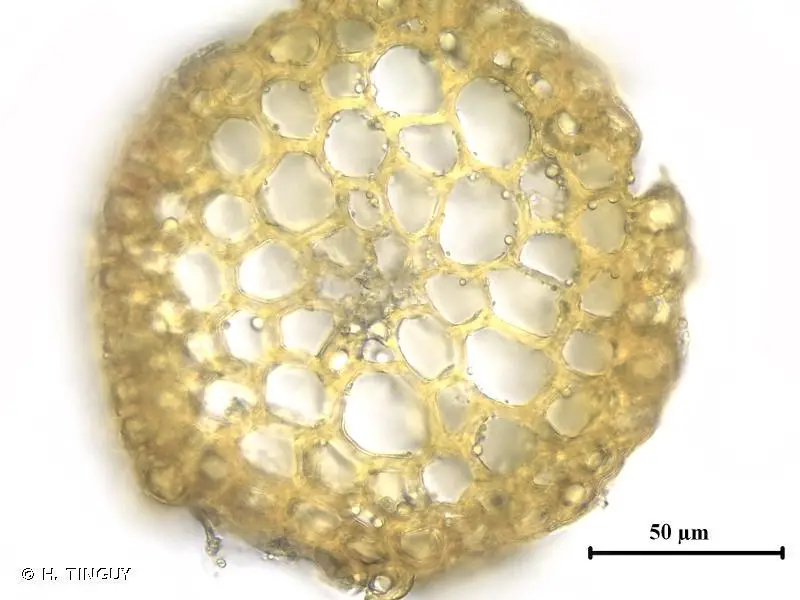
225991.jpg from: https://inpn.mnhn.fr/espece/cd_nom/5546
Background
Before delving into the intricacies of Grimmia muehlenbeckii, it’s essential to understand the broader context of bryophytes. These non-vascular plants, which include mosses, liverworts, and hornworts, are often overlooked but play a crucial role in various ecosystems. They are among the oldest land plants on Earth, dating back to the Paleozoic era, and have adapted to thrive in diverse environments.
Main Content
Morphology and Identification
Grimmia muehlenbeckii is a small, acrocarpous moss that forms dense, cushion-like tufts or mats. Its leaves are lanceolate, with a distinctive hair-like tip called an awn, which aids in water absorption and retention. The capsules, which contain the spores, are immersed within the gametophyte and are often hidden by the surrounding leaves.
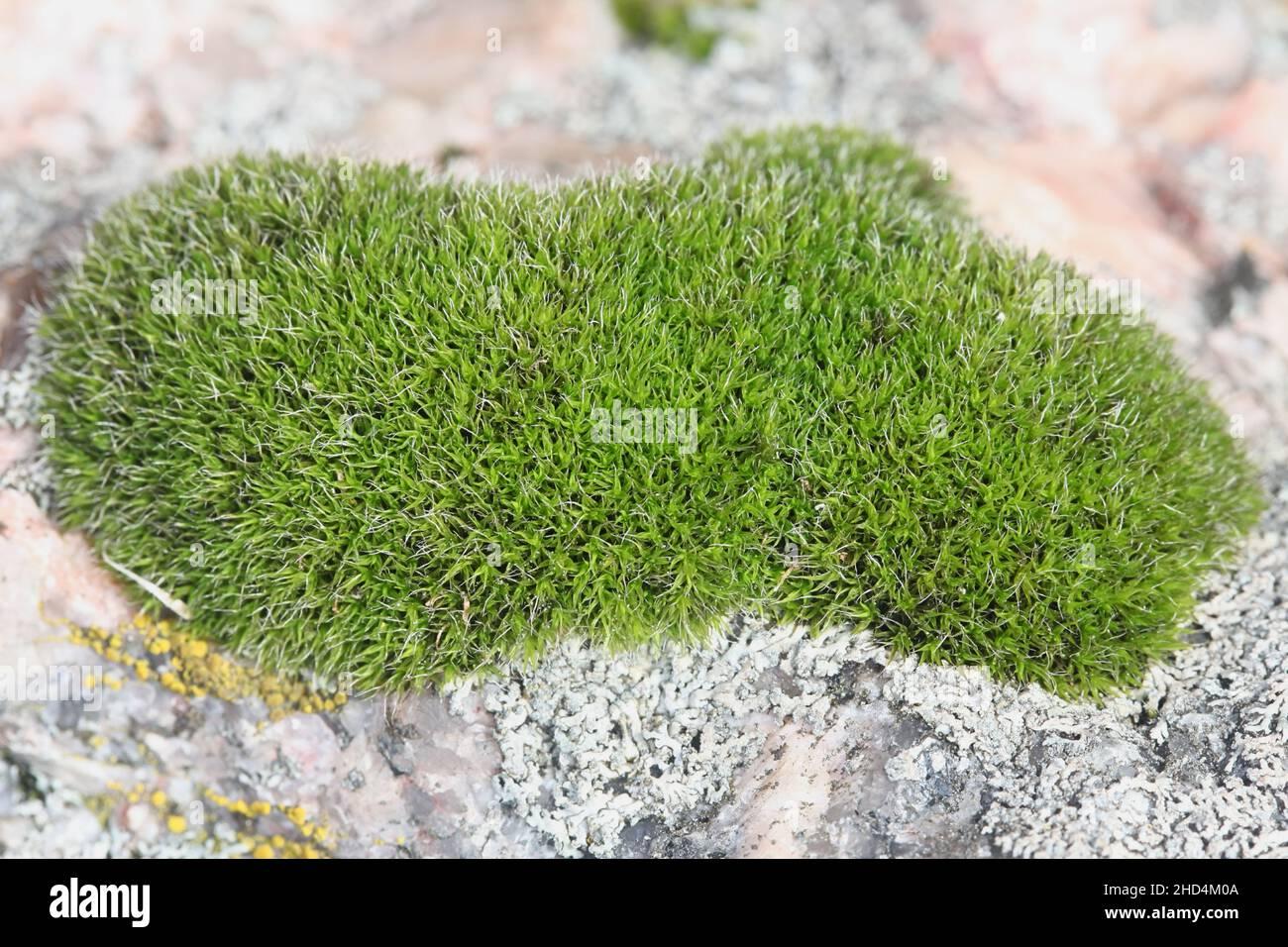
grimmia-muehlenbeckii-a-tufted-rock-moss-from-finland-with-no-common-english-name-2HD4M0A.jpg from: https://www.alamy.com/grimmia-muehlenbeckii-a-tufted-rock-moss-from-finland-with-no-common-english-name-image455563594.html
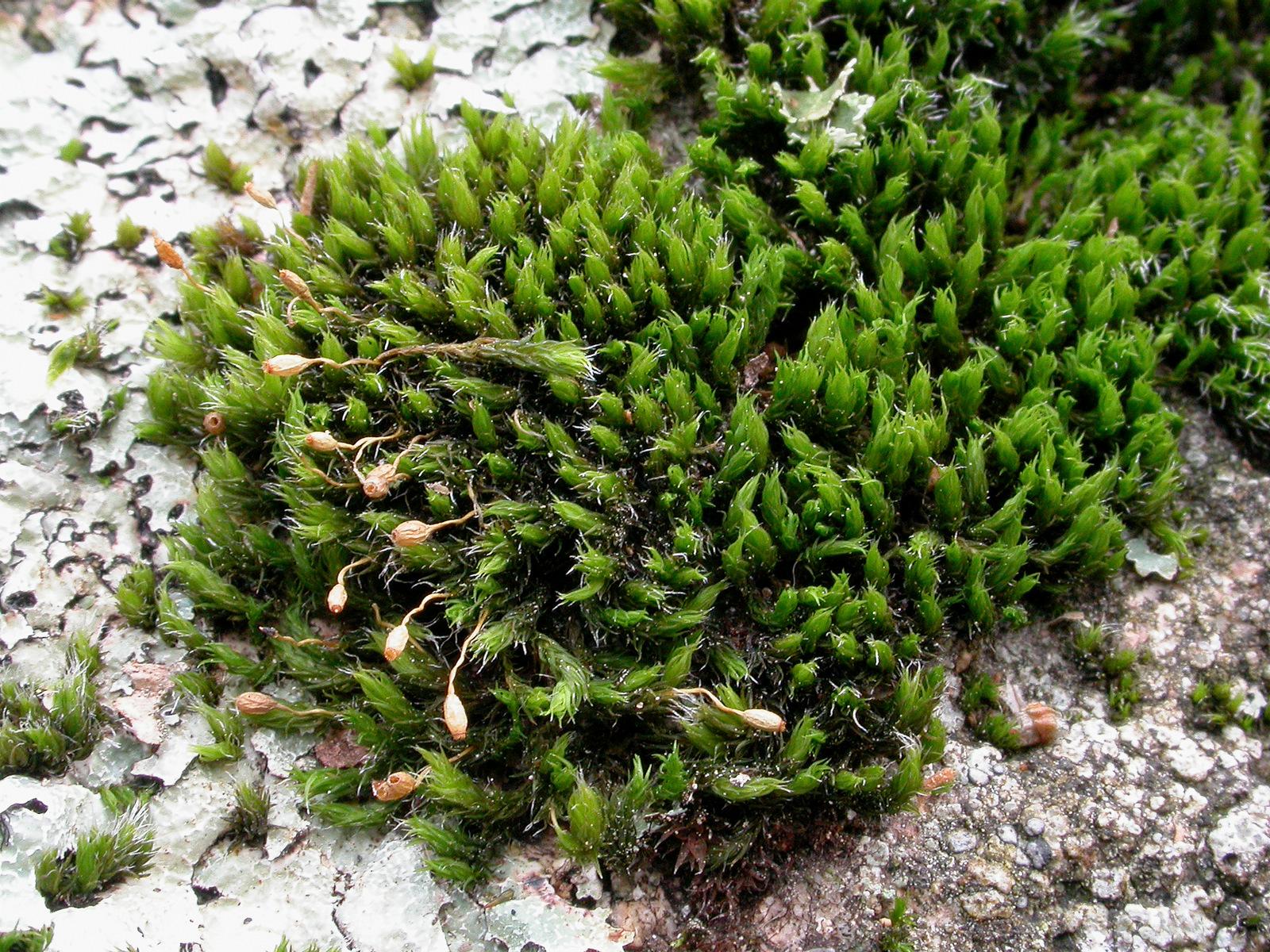
25709_2506_5.jpg from: https://artfakta.se/artbestamning/taxon/grimmia-muehlenbeckii-2506/galleri?src=1&class=11
One of the most remarkable features of Grimmia muehlenbeckii is its ability to withstand extreme conditions, such as drought and high levels of ultraviolet radiation. This resilience is attributed to its unique morphological adaptations, including the presence of a thick cell wall and the production of specialized pigments that protect the moss from harmful UV rays.
Global Distribution and Habitat
Grimmia muehlenbeckii is widely distributed across various regions, including Europe, North America, Asia, and parts of Africa. It thrives in a diverse range of habitats, from rocky outcrops and cliffs to tree bark and even urban environments, such as old walls and rooftops.
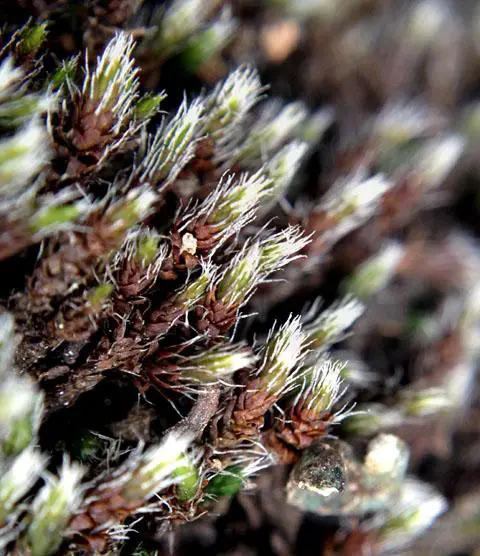
2.jpg from: https://nathistoc.bio.uci.edu/Mosses/Grimmia lisae/index.html
This moss’s ability to colonize seemingly inhospitable environments is a testament to its remarkable adaptability. It can withstand extreme temperatures, desiccation, and nutrient-poor conditions, making it a true survivor in the plant kingdom.
Ecological Roles and Adaptations
Despite its diminutive size, Grimmia muehlenbeckii plays a vital role in various ecosystems. It serves as a pioneer species, colonizing bare rock surfaces and facilitating the establishment of other plant species by creating a suitable microhabitat.
Additionally, Grimmia muehlenbeckii contributes to soil formation and nutrient cycling, as its decomposing tissues release essential minerals and organic matter into the environment. This process supports the growth of other plants and promotes biodiversity in the ecosystem.
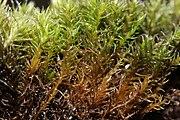
180px-Grimmia_muehlenbeckii_(a%2C_144443-481819)_3802.JPG from: https://commons.wikimedia.org/wiki/Grimmia_muehlenbeckii
One of the most fascinating adaptations of Grimmia muehlenbeckii is its ability to undergo desiccation and revive when water becomes available again. This remarkable trait, known as poikilohydry, allows the moss to survive prolonged periods of drought by entering a dormant state and resuming its metabolic activities upon rehydration.
Case Studies/Examples
Grimmia muehlenbeckii has been the subject of numerous scientific studies, particularly in the fields of bryology and ecology. For instance, researchers have investigated the moss’s tolerance to heavy metal pollution, its role in soil stabilization, and its potential as a bioindicator of environmental conditions.
In urban areas, Grimmia muehlenbeckii has been observed growing on historic buildings and monuments, contributing to their unique character and serving as a reminder of nature’s resilience in the face of human development.
Technical Table
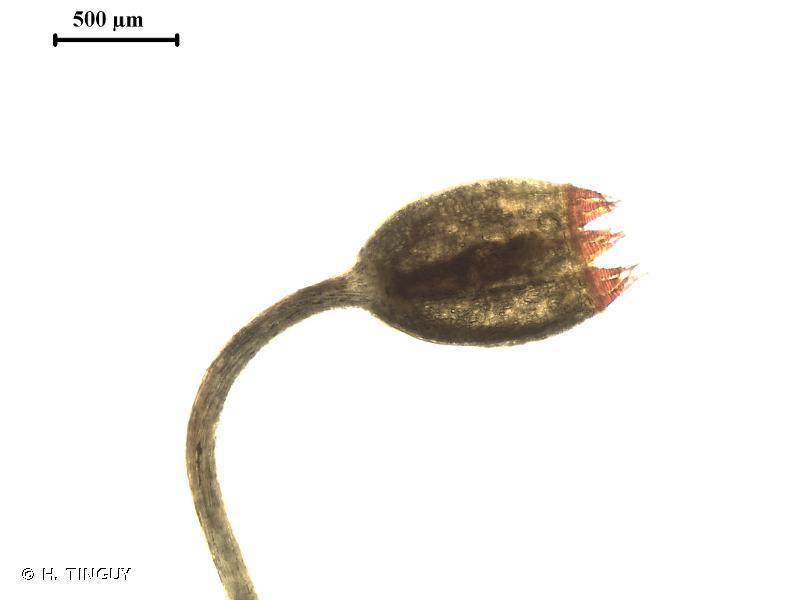
2.jpg from: https://nathistoc.bio.uci.edu/Mosses/Grimmia laevigata/index.html
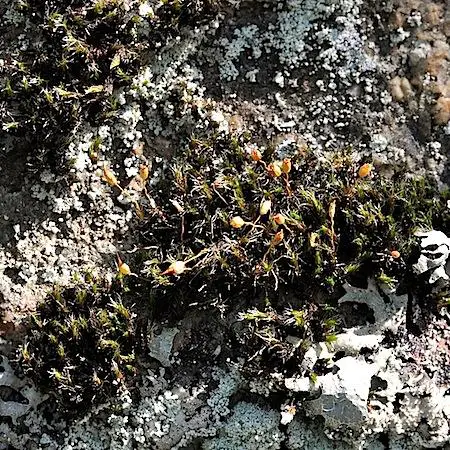
grimmia_muehlenbeckii1.jpg from: https://luopioistenkasvisto.fi/Sivut/sammalet/sammalet/nuokkukivisammal.html
| Characteristic | Description |
|---|---|
| Phylum | Bryophyta |
| Class | Bryopsida |
| Order | Grimmiales |
| Family | Grimmiaceae |
| Genus | Grimmia |
| Species | muehlenbeckii |
| Growth Form | Acrocarpous, cushion-like tufts or mats |
| Leaf Shape | Lanceolate, with an awn (hair-like tip) |
| Capsule | Immersed within the gametophyte |
| Habitat | Rocky outcrops, cliffs, tree bark, urban environments |
| Distribution | Europe, North America, Asia, parts of Africa |
| Adaptations | Desiccation tolerance, UV protection, poikilohydry |
Conclusion
The Grimmia muehlenbeckii Schimp. moss, a member of the Grimmiaceae family, is a true marvel of nature. Its ability to thrive in extreme conditions, its ecological significance, and its unique adaptations make it a fascinating subject for enthusiasts and researchers alike. As we continue to explore and appreciate the diversity of bryophytes, Grimmia muehlenbeckii serves as a reminder of the incredible resilience and adaptability of life on our planet.
Ponder this: In a world where human activities are increasingly impacting the environment, could the study of resilient species like Grimmia muehlenbeckii provide insights into developing more sustainable practices and promoting biodiversity conservation?
